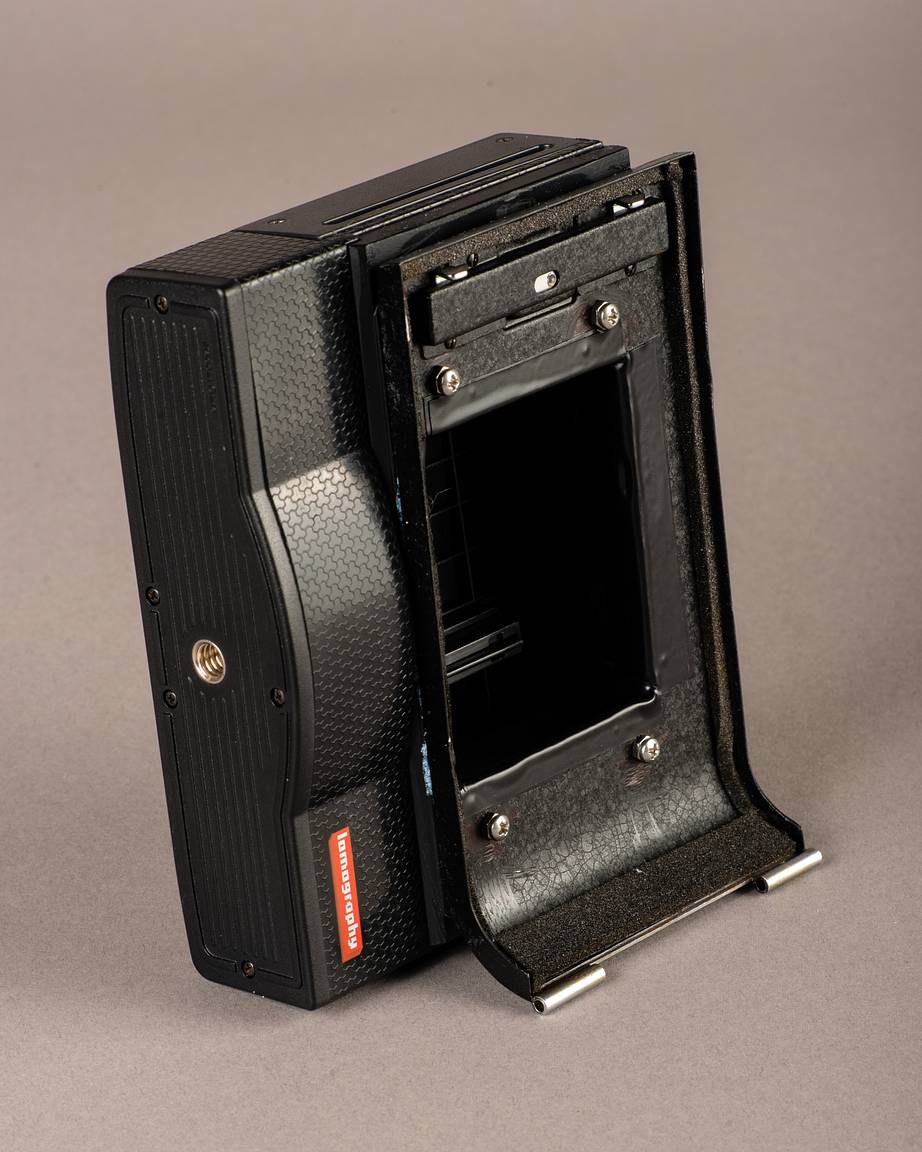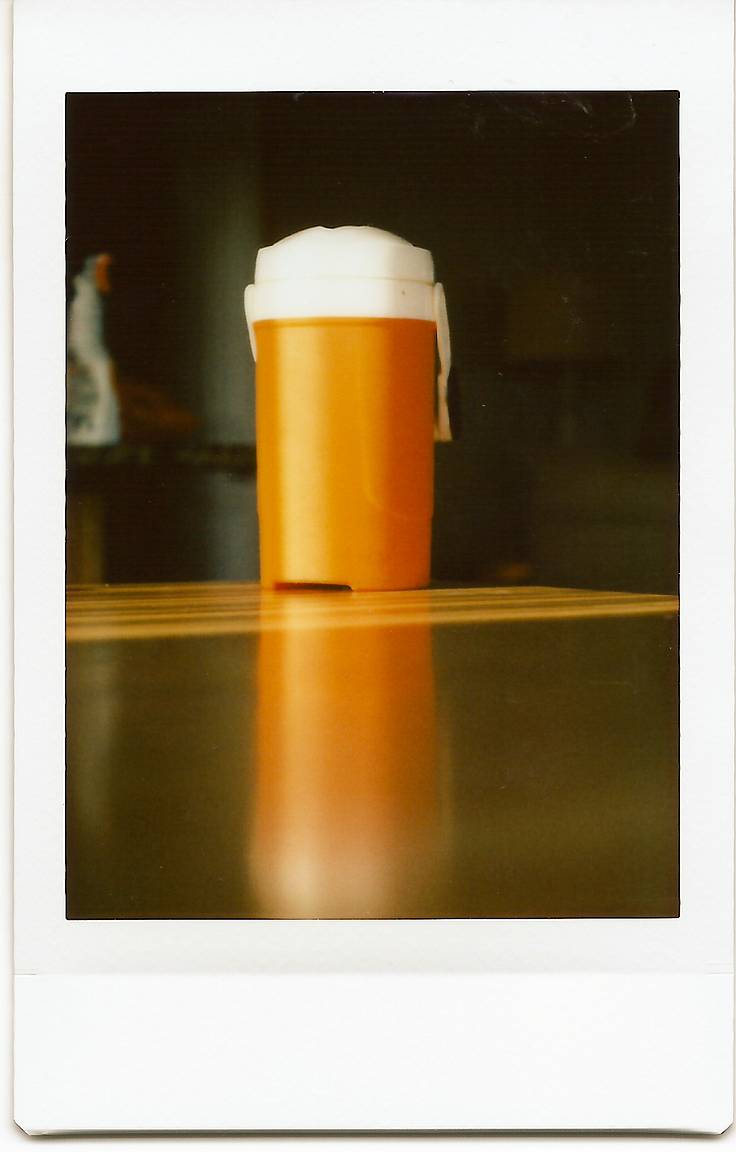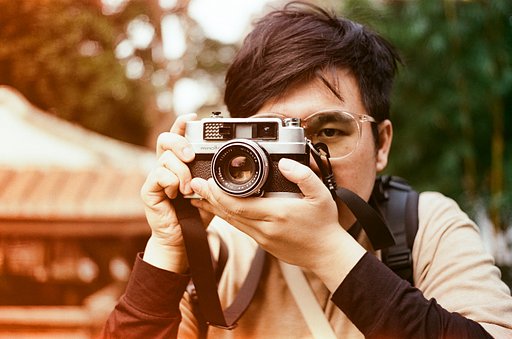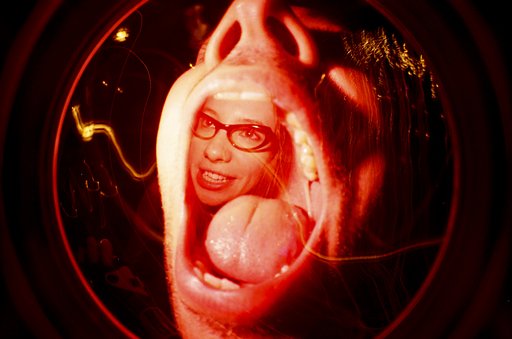Medium Format Made Extra Fun: Ben Cushwa's Mamiya C33 Paired with the LC-A+ Instant Back
2 18 Share TweetPhotographer and tinkerer Ben Cushwa jokingly told us that luck had quite a role to play in the creation of his medium format instant camera. However, we feel that there's a lot more to his DIY camera project than just luck. We got the chance to interview the Maryland native about his newest camera project and we're just in awe of the final product. It's a professional-looking setup that has the image quality of medium format but with the fun factor of an instant camera. Now, enough of our blabbering. Let Ben walk you through his process of creating his Mamiya C33 medium format instant camera!

Hi, Ben! Welcome to the Magazine. Please introduce yourself to our readers.
Hi there! My name is Ben Cushwa and I’m a photography enthusiast with a background in physics living near Baltimore, Maryland, USA. I’m a fan of vintage lenses and funky practical effects filters. I primarily shoot digital but I’ve been shooting film for about a year.
How did your Instax conversion project start? What's the story behind it?
I saw a YouTube video about a company that was making Instax backs for the Mamiya RB67, and that was the catalyst. I also had a Mamiya C33 that I bought as a project camera last year; the winding mechanism wasn’t reliable so I convinced myself that I would be willing to sacrifice it in order to try something fun and different.
Why did you want to make such a cool camera project?
I develop my own black and white film, but I’ve never had the patience to try developing color film. Plus I have difficulty scanning negatives with my scanner, and I’m notoriously bad about ordering prints, so I thought an Instax conversion would solve two problems at once. In a very real way, all of this work was about enabling me to be lazy.
How did you learn to work on cameras?
This is my first time doing any kind of camera modification. I’ve done CLA work on a few mechanical lenses before and I have a strong background in optics from college, so I figured with those two things in hand it wouldn't be too hard to try.
What was the process like? Was there any particular phase that proved to be a challenge?
Coming up with the design was the hardest part. The Mamiya C series doesn’t have removable backs like the RB67 and other common instant conversions, so my choices were either to cut into the body to make room for the Lomography instant back, or to cut a hole into the film door and attach the Lomography back to it. The latter seems much easier at first until you realize that the optical path length to the film has now changed and the viewfinder has to be adjusted accordingly. That’s why the viewfinder sits so high on my camera: I had to build a spacer to raise the ground glass up just as far as the film got moved back. It took some trial and error, but with some help with my father, we came up with a spacer design that worked. Unfortunately, this increased optical path length means that I lose infinity focus with many of the lenses in the Mamiya C series lineup. Fortunately, the only two lenses I have still work. Quite the lucky accident.
We saw that you used a Lomography LC-A+ Instant Back? How was your experience with it?
The Lomography Instax back is wonderful. It’s sturdy, it loads easily, and it develops film exactly as it should. The particular back I used, the LC-A+, also came with an adapter plate that interfaced between it and the camera it was intended for. I managed to leave the back itself untouched and only modify the adapter plate in order to fit my Mamiya.
What made you want to use the LC-A+ Instant Back?
It was a very reasonably priced option that seemed like it would be easy to modify, and I was right on both counts.
What other materials did you use to work on your camera project?
I used strips of a kitchen sponge and some electrical tape in order to form the necessary light seals. I used several small screws to bolt the adapter plate and the back onto the film door of the camera, some washers to ensure the spacing between the film door and the adapter plate was even, and I did all of the necessary cutting with a Dremel tool.
How did the project go? What was the first thing you photographed with it?
All things considered, it went well. I went through several iterations on both the viewfinder spacer and the light seals until it reached a really usable form. I took it with us on a recent vacation, but it was still suffering light leak issues which made it difficult to use outdoors, but I still managed to get some good photos with it.
The first thing I photographed was my wife and our cat. I hadn’t dialed in the viewfinder at all so I missed focus horribly, yet I still got our cat in focus because she was sitting well in front of my wife. Another lucky accident.
Any future camera project plans in the works? Please share them with our readers.
For now, I just plan to keep refining this conversion. I have a few other minor tweaks in mind, and I may go all-in and cut up the body in order to maintain infinity focus on the whole lens line. Or I may just try building a camera from the ground up in order to try making it smaller. I’m thinking of something 3D-printed...
Also, I bought my first large format 4x5 camera this summer, so I’m definitely excited to try out one of the new LomoGraflok backs when they’re available. ;)
What is your advice to people who are looking to build their own camera?
Don’t be afraid to try! And make sure that you can live without anything you're working on in case you break it.
Any last words for our readers?
If you’re at all interested in seeing more of my work, I’m on Instagram and Facebook as @crownandflintphoto. Thanks!
We would like to thank Ben for letting us feature his work in the Magazine. For more updates regarding his latest creations, give him a follow on Instagram and Facebook!
written by cheeo on 2020-09-29 in #gear #news #tutorials #medium-format #instant-photography #diy-camera #ben-cushwa #tech-junkie #lomography-lc-a-instant-back
































2 個留言